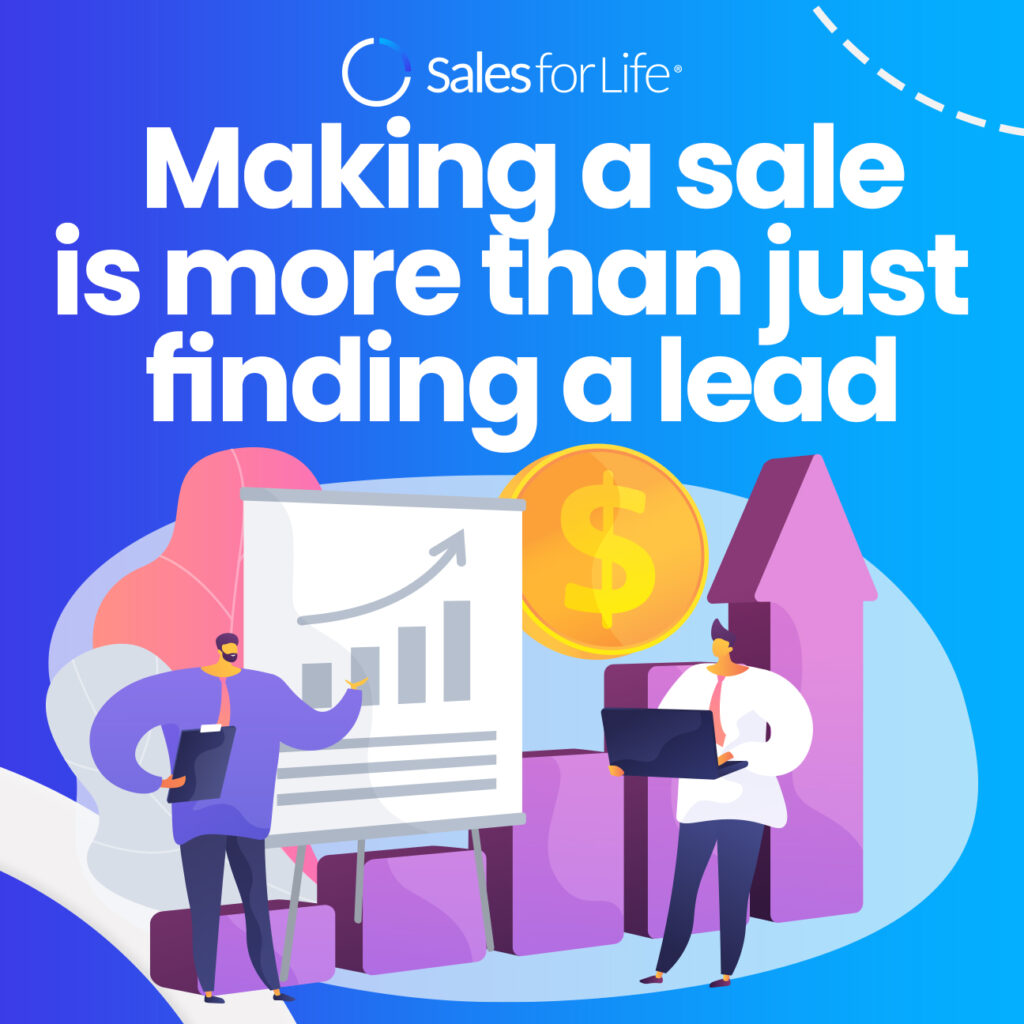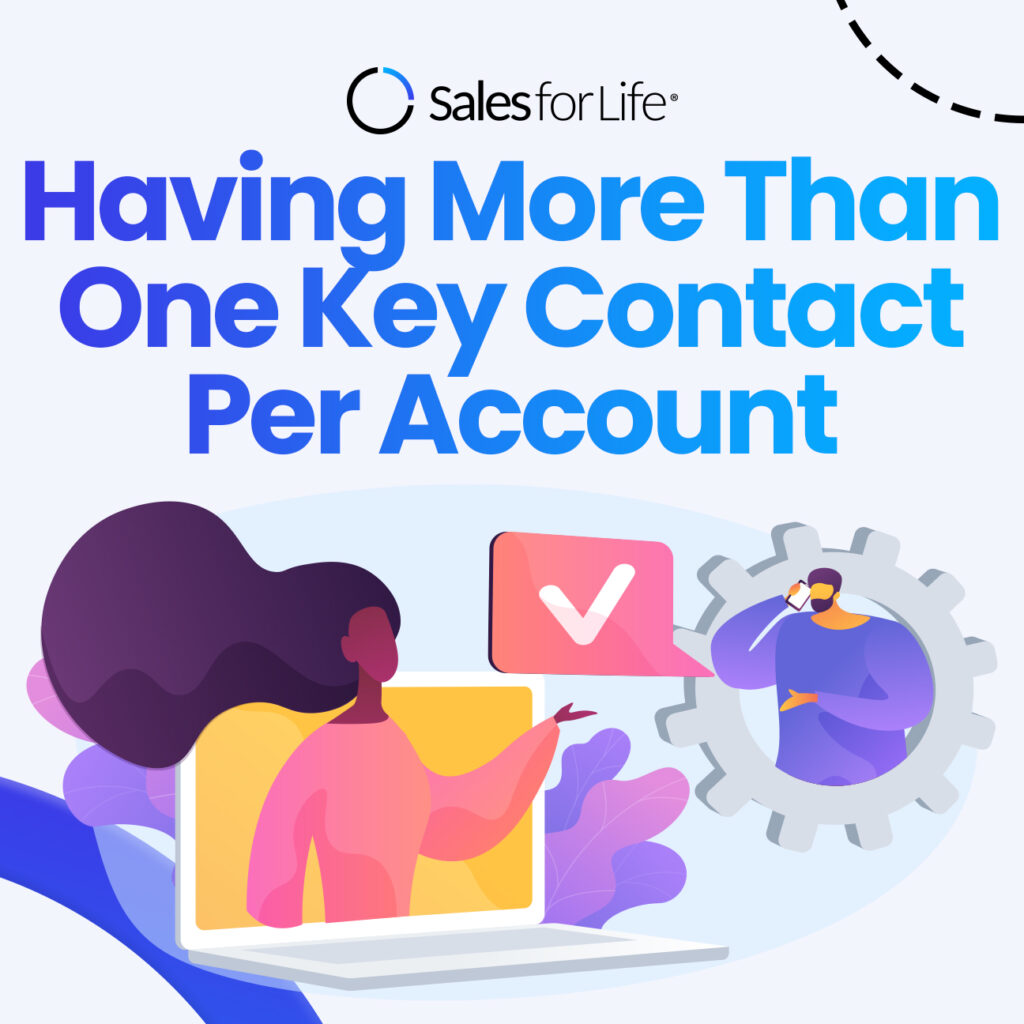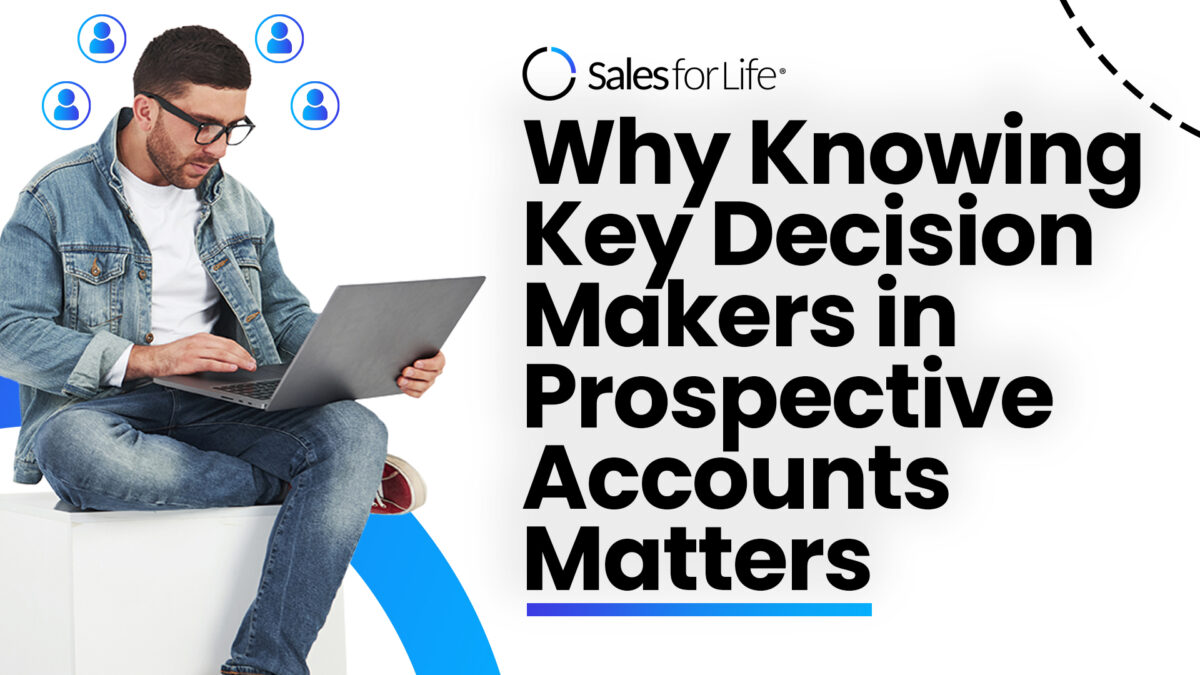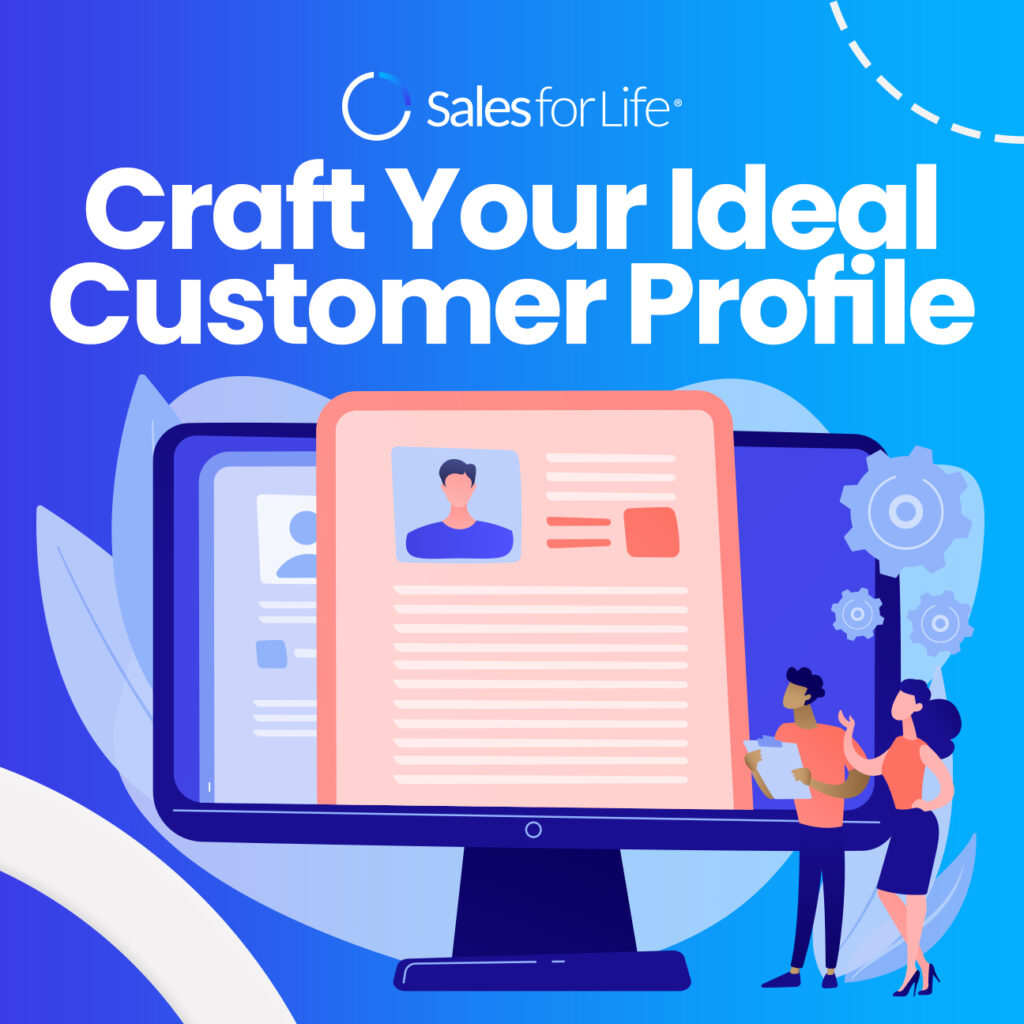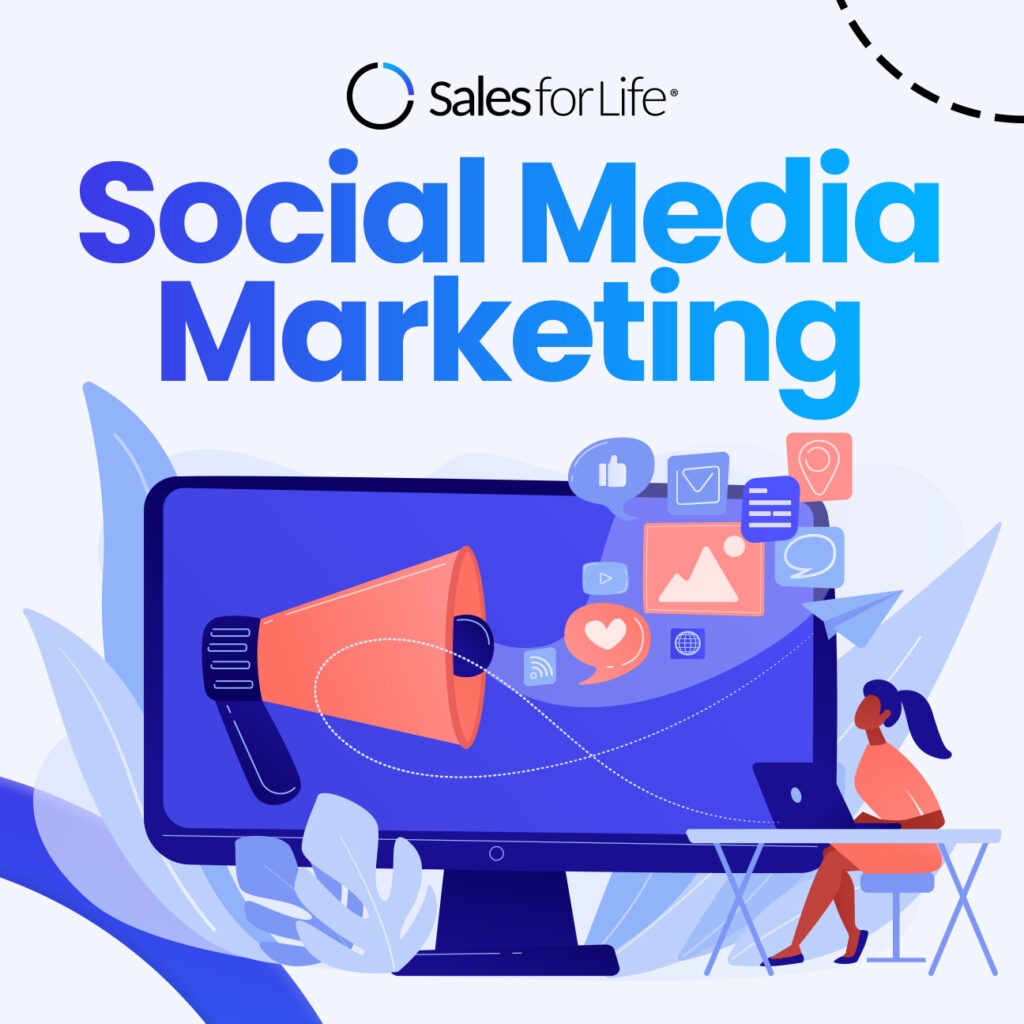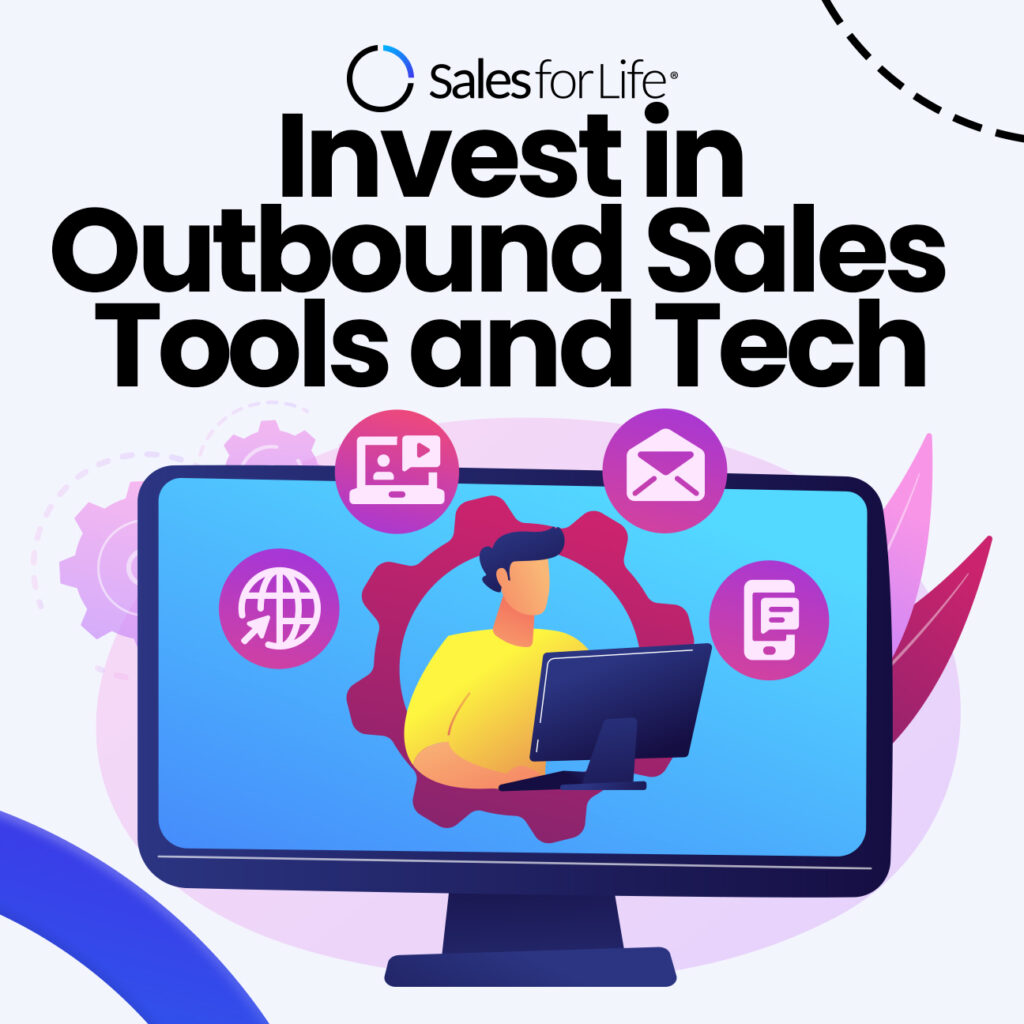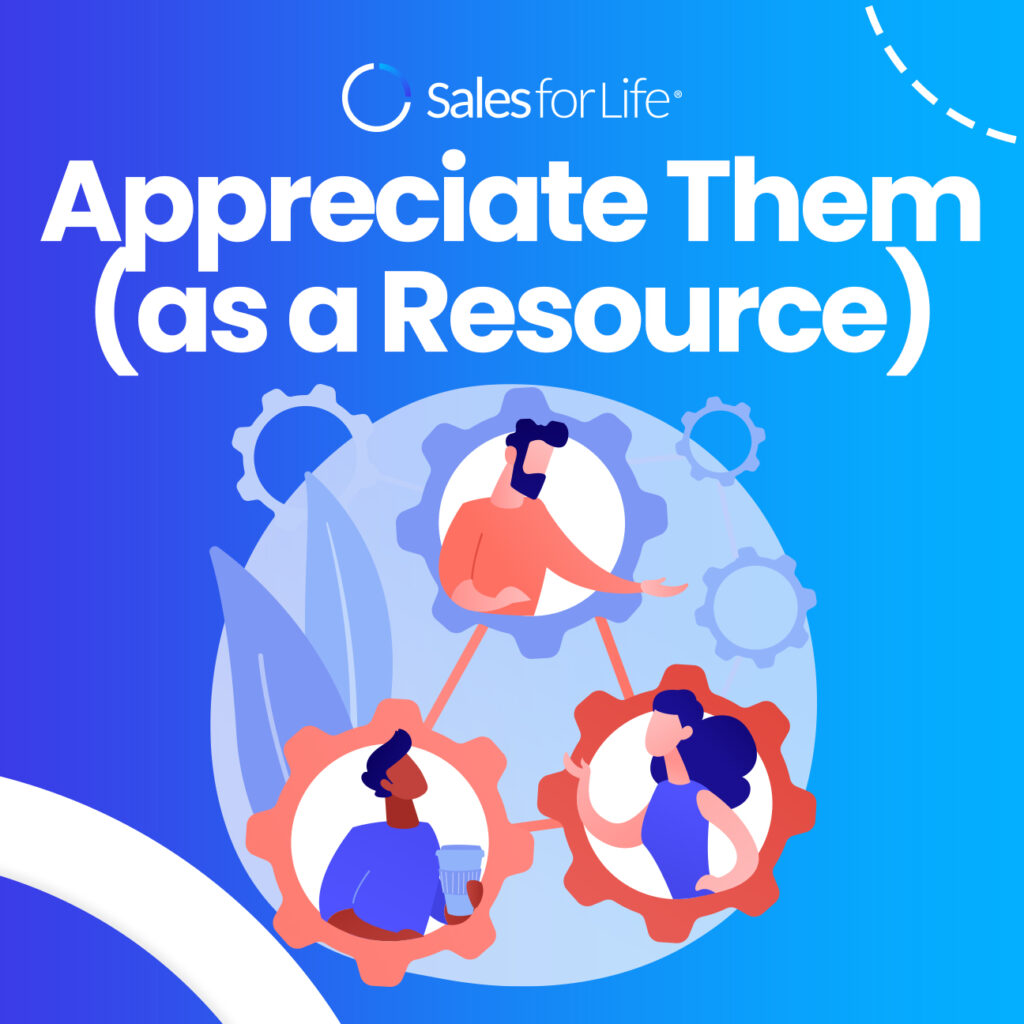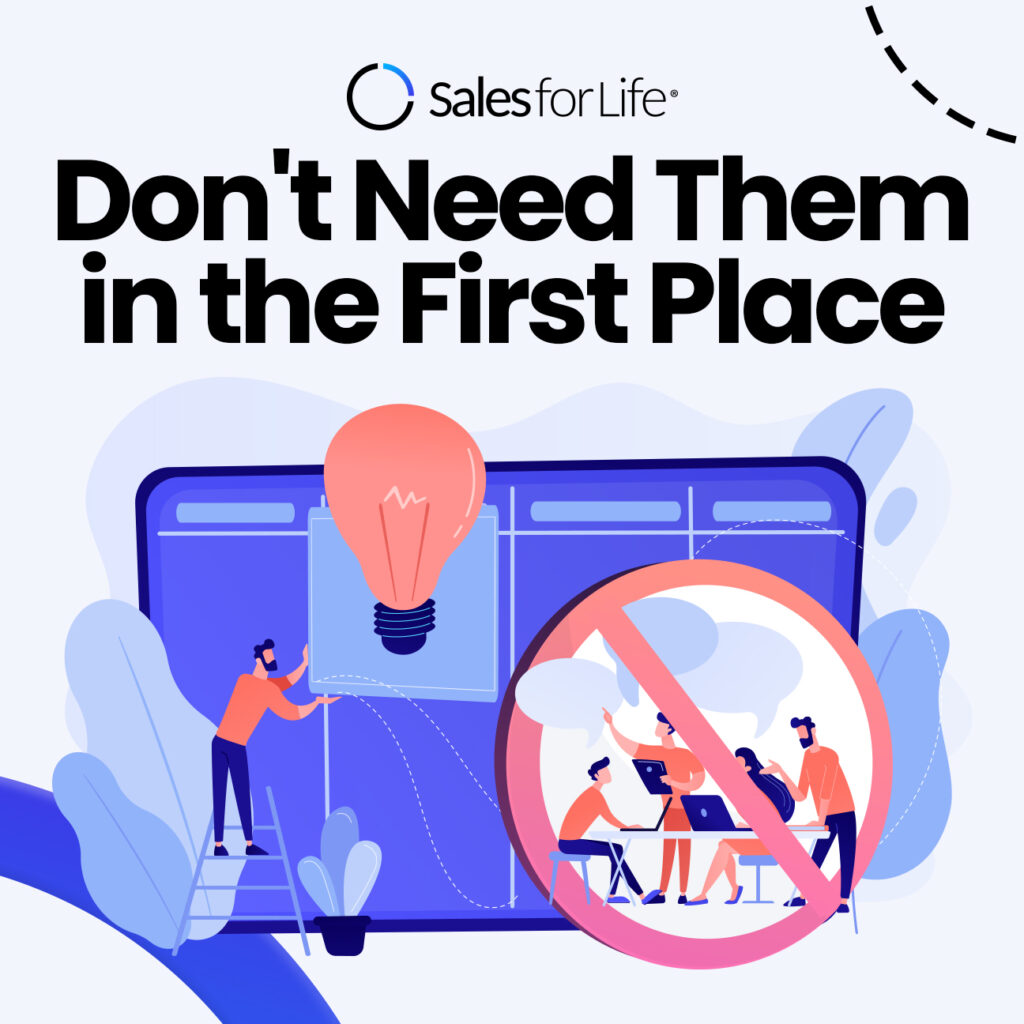For a lot of people, business development is practically synonymous with sales. And while they have their similarities—both are geared towards profit, after all—they are two distinct entities.
What is Business Development?
Business development is the creation of long-term value for an organization via customers, markets, and relationships. It’s the sum of all the strategies, tactics, and activities used to acquire new clients and expand existing ones.
Given this definition, we can assume that business development representatives are in charge of growing your business. This means finding opportunities for expansion and having expert knowledge of the current market, their target audience, and potential business partners. Thus, they’re the ones who have to prospect and qualify leads before handing them off to the sales team, who will then nurture the new relationships in order to close the deal.
Business Development vs. Sales vs. Marketing
The lines between business development, sales, and marketing are very blurry. There are several overlapping responsibilities between the three teams, and it doesn’t help that business development can look very different from company to company.
Let’s take a look at their differences:
Marketing: Marketing is the customer-facing branch of your organization, and its primary goal is to attract customers. The marketing team is responsible for brand management, using websites, social media, advertisements, and other channels to stay at the forefront of your customers’ minds. They are also in charge of educating customers about your company and your products, and they handle offers and promotions.
Sales: The difference between business development and sales is murkier. Some companies even treat the two departments as one team, interchanging the responsibilities of the two.
However, this couldn’t be further from the truth.
Business development and sales operate in separate stages of the same customer journey. BDRs are responsible for top-of-the-funnel activities: finding leads, starting conversations, and educating potential customers. They are in charge of filling the sales pipeline, while sales representatives nurture the pipeline by turning qualified leads into prospects, eventually convincing them to buy.
The Optimal Business Development Strategy
When planning your business development strategy, it helps to think of it as a system with several interconnected parts.
This is because a lot of business development strategies tend to lack clarity and focus. Oftentimes, they’re too complicated and have lost sight of the revenue team’s overarching goal—which is to answer why a potential customer should buy from you instead of the countless other options in the market. The inability to answer this question can lead to useless tactics, poor execution, and confusion for both your revenue team and your clients.
The story and the purpose of your business should be the cornerstone of your business development strategy. You need to differentiate yourself from the competition. All of your revenue team’s actions should be able to reflect your unique position in the market.
As mentioned above, business development intersects with the other departments in your revenue team. Though the lines are blurry, it’s not really a matter of reassigning certain tasks to the other team. Instead, the affected teams should work together towards the common goal: The company’s continued growth.
Business Development and Marketing
Marketing and business development should work together to tell your organization’s story and strategize how to generate leads. Together, the two teams can help prospects make informed decisions about engaging with you and availing of your company’s services via the following factors:
Your Positioning In The Market: The way your company is positioned in the market defines the backbone of your entire business development plan. It provides a clear blueprint of your target market, effectively acting as a North Star for every business decision you make.
Customer Traffic: The right amount of traffic and traffic from the right people to solidify your position in the market. Exposure to your company and your core message is required to get results.
Messaging: Your message should be compelling enough to be able to stop people in their tracks when they hear it. Remember: The more you can gain and keep someone’s attention, the more chance you have of landing a new client.
Channels: Your marketing channels can greatly affect your overall business development and marketing strategy. For example, to establish authority and solidify your position as a thought leader in your market, you’ll need to post insights on social media, speak in events and interviews, and publish original content regularly.
Business Development and Sales
Your sales process starts with finding the right clients—after all, you can’t close deals when there are no customers to begin with. With this, let’s go back to your company’s position in the market. Your positioning helps dictate the people your business development team will reach out to, filtering out all but the best prospects through a stringent qualification process.
Now, your sales strategy should support your qualified prospects’ ability to make good decisions—specifically, to sign contracts with you. Inversely, your sales process should also eliminate customers that fail to meet the criteria in your qualification process. Otherwise, you may experience unnecessarily long and unpredictable sales cycles, which could affect your quota attainment.
Business Development and Product Delivery
Business development doesn’t end when the contract is signed. Before the ink is dry, you should be able to deliver on your promises.
The product delivery experience can create additional value for your customers, opening the door to more opportunities for your business development program. Let’s look at the three main components of the delivery process: your product, your service, and your customer life cycle.
Product: The product you deliver should speak for itself. It should demonstrate your company’s value to your client, making employees tell their friends and colleagues about how great of a job you’re doing. This increases the chances of getting referrals.
Service: The quality, speed, and ease of using your service can likewise boost business development by inspiring referrals. It’s important to fulfill your deliverables, don’t forget to create a good customer experience as well.
Life Cycle: Your customer life cycle is tied directly to your positioning. Telling your brand’s story increases traffic through the right channels, which you can take advantage of by creating a sales process that targets the right people with the right offer. When the contract is signed, you should deliver a product in a way that creates more value for your client and lets them see what else you could help them improve upon, effectively selling more of what they need along the way.
Conclusion
In the end, there’s no such thing as a perfect business development strategy. Leads can enter your sales funnel in unexpected ways and can be removed from your pipeline just as well.
By understanding the different components that drive business development, the different departments of your revenue team can work together and adjust your strategy to minimize risk and grow your profitability.
